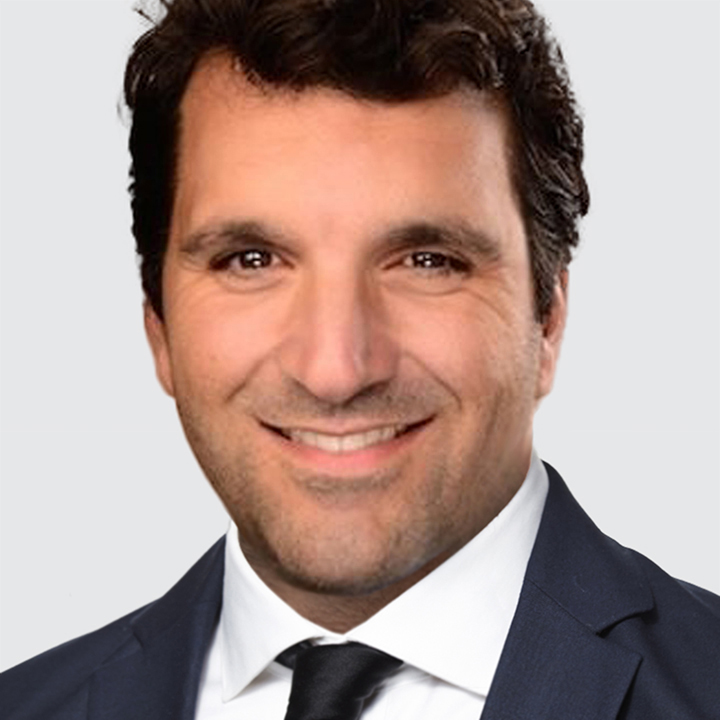Smooth Operator
- Expectation for a targeted and graduate implementation of tariffs soothe market jitters. USD down, US equity futures up, and Treasury yields drifting lower.
- US January retail sales report takes the spotlight today. The favorable consumer spending backdrop suggests the bar for additional Fed funds rate cuts is high.
- French President Macron warned of the risk of failure for the EU if the bloc does not “muscle up” on defense and the economy.
USD is down near its lowest level since end-January on favorable risk sentiment. Expectation for a targeted and graduate implementation of tariffs minimize financial market uncertainty and is supportive of risk assets.
Yesterday, US President Donald Trumps signed a Presidential Memorandum ordering the development of a comprehensive plan dubbed the “Fair and Reciprocal Plan” that would impose new tariffs on a country-by-country basis. US Commerce Secretary nominee Howard Lutnick said those studies should be completed by April 1, and reciprocal tariffs could start as early as April 2. A report on the fiscal impact of the tariffs will be delivered within 180 days.
According to US officials, reciprocal tariffs would consider for instance VAT, taxes on US products, and non-tariff barriers. This is in line with US Treasury Secretary Scott Bessent’s proposal that new tariffs would be based on a long list of trade and national security criteria which might lead to higher or lower tariffs. In Bessent’s words, “more clearly segmenting the international economy into zones based on common security and economic system would help…highlight the persistence of imbalances and introduce more friction points to deal with them.”
US
USD downside is limited as the US will maintain a wide bond yield advantage against all other major economies. In the wake of the hot US January CPI, PPI overshot expectations in January, adding to evidence that the disinflation process is stalling well above 2%. Headline PPI was 3.5% y/y (consensus: 3.3%) vs. 3.5% in December (revised up from 3.3%) and core PPI was 3.6% y/y (consensus: 3.3%) vs. 3.7% in December (revised up from 3.5%).
PPI services ex-trade, transportation, and warehousing printed at 4.0% y/y vs. 4.2% in December (revised up from 3.9%), suggesting the policy relevant core PCE deflator will remain sticky above 2%. Indeed, the Cleveland Fed’s Nowcast model forecasts core PCE at 2.7% y/y in January vs. 2.8% in December. Looking ahead, the model sees February core PCE at 2.6% y/y.
The US January retail sales report is today’s data highlight (1:30pm London). Consensus sees headline at -0.2% m/m vs. 0.4% in December. More importantly, the retail sales control group used for GDP calculations and which excludes volatile items like car sales, is projected at 0.3% m/m vs. 0.7% in December. Overall, consumer spending is supported by positive real wage growth, healthy labor market and strong household balance sheet. Dallas Fed President Lorie Logan (2026 FOMC voter) participates in a moderated Q&A later today (8:00pm London).
EUROZONE
EUR/USD is trading near its highest level since January 27. But ECB/Fed policy trend and the geopolitical landscape can further weigh on EUR/USD. US President Donald Trump has extended an olive branch to China and Russia. In contrast, he described the EU as “very nasty,” pointing out the bloc has been “very tough on our companies.”
French President Emmanuel Macron warned of the risk of failure for the EU if the bloc does not “muscle up” on defense and the economy. Macron called for abandoning the fiscal straight jacket of the EU’s growth and stability pact and rolling back onerous EU regulations. However, there are significant constraints to deeper EU integration, Germany is a one and the rise of populist parties across Europe is another.
The Eurozone 2nd Q4 GDP estimate is due today (10:00am London). The preliminary estimate saw real GDP growth come in a tick lower than expected at 0% q/q vs. 0.4% in Q3. France contracted -0.1% q/q vs. 0.4% in Q3, Germany contracted -0.2% q/q vs. 0.1% in Q3, and Italy was flat q/q vs. flat in Q3. All three were a tick lower than expected. Spain was the lone bright spot as it reported stronger than expected growth of 0.8% q/q vs. 0.8% in Q3.

